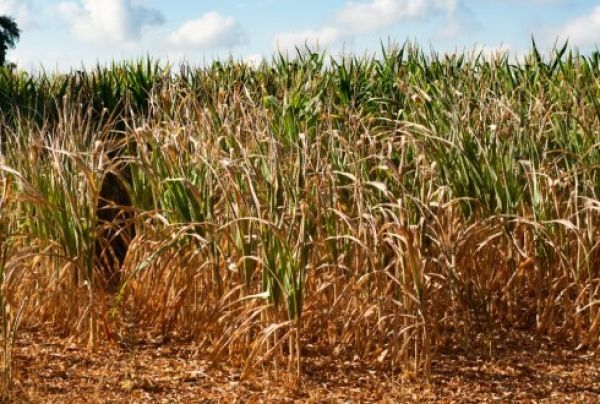This system will make it possible to take measures in time to manage the consequences of droughts, for instance for shipping, agriculture and nature. A research team from Wageningen University & Research and colleagues from Utrecht and Freiburg published their findings in Nature Communications.
In 2018 and 2019, extended areas in Europe suffered again from severe droughts, which are projected to become more frequent because of climate change. Seasonal drought forecasts are urgently required to timely take measures to reduce drought impacts, e.g. on ecosystems, water-born transport, agriculture, electricity production.
In a pan-European study, the Wageningen researcher Samuel Sutanto and colleagues from the University of Utrecht and Freiburg, Germany, found that forecasts of drought impacts, instead of drought hazards, are possible with substantial skill, 2-4 months ahead and in some cases even longer. They demonstrate this by forecasting drought impacts, among others, on water-born transport, public water supply, water quality and ecosystems in German regions. The research team has carried out this study in the framework of the EU H2020 project ANYWHERE - enhancing emergency management and response to extreme weather and climate events.
Continue reading at Wageningen University & Research
Image via Wageningen University & Research


